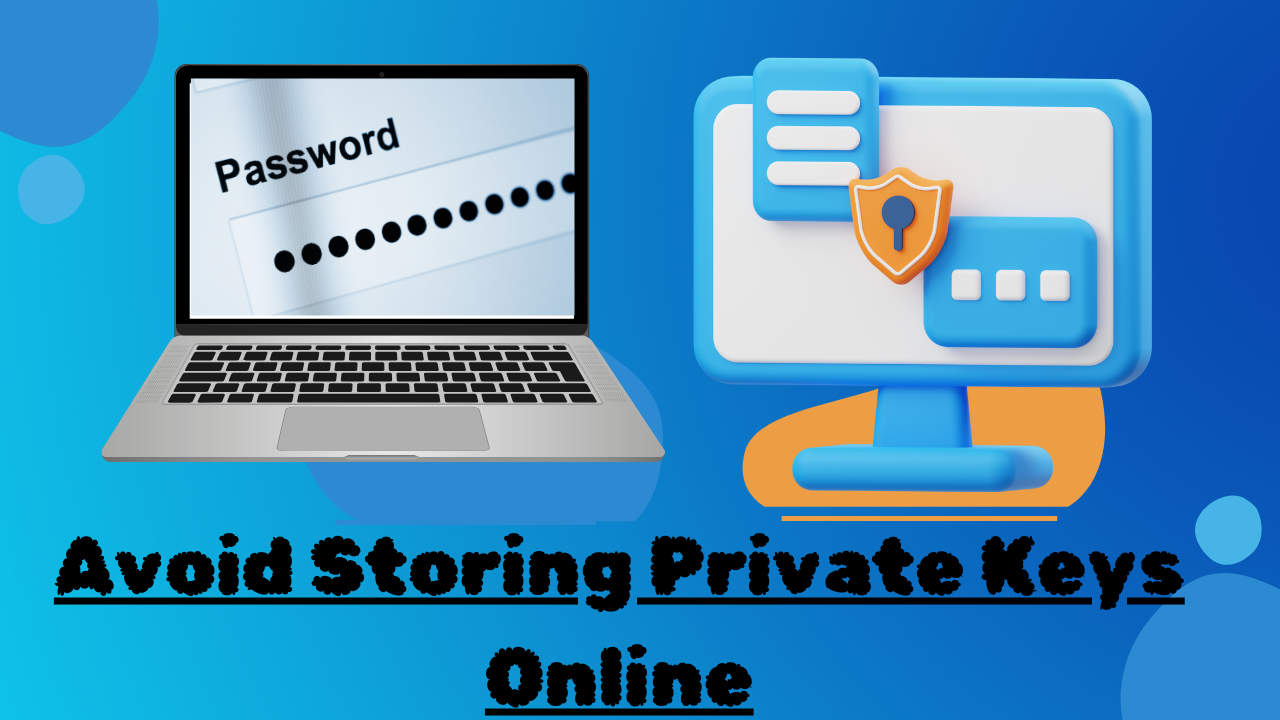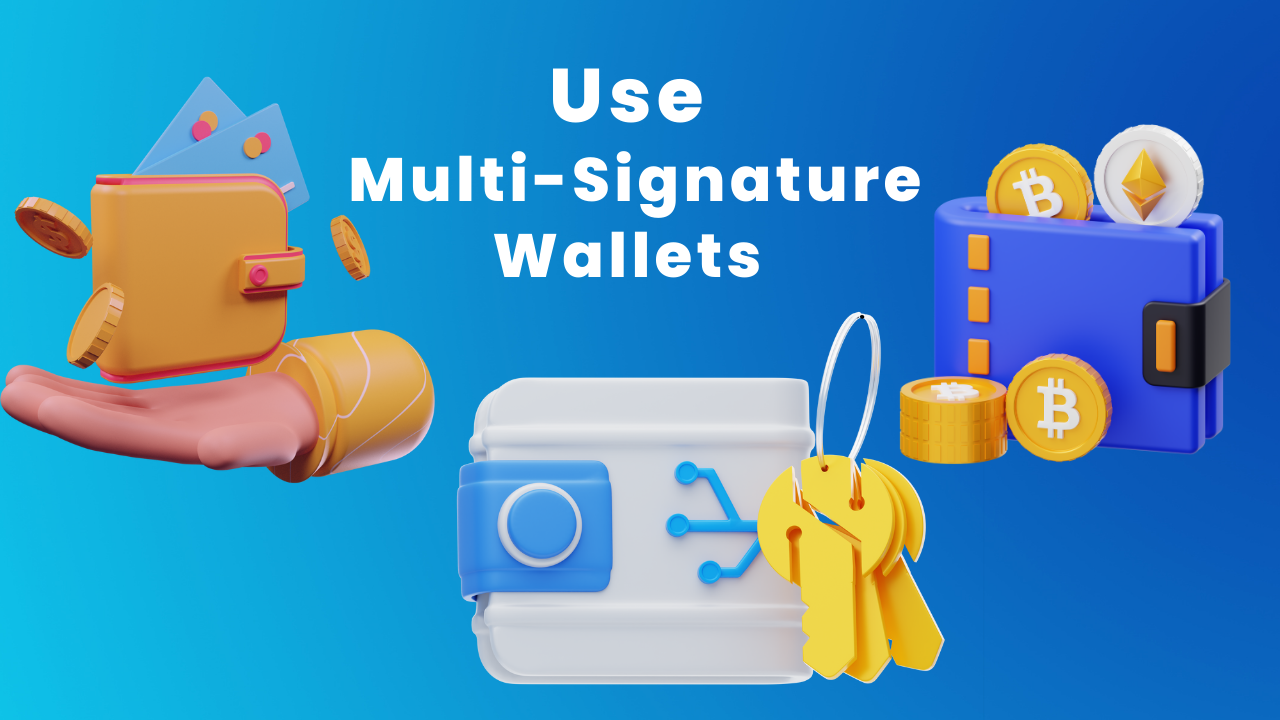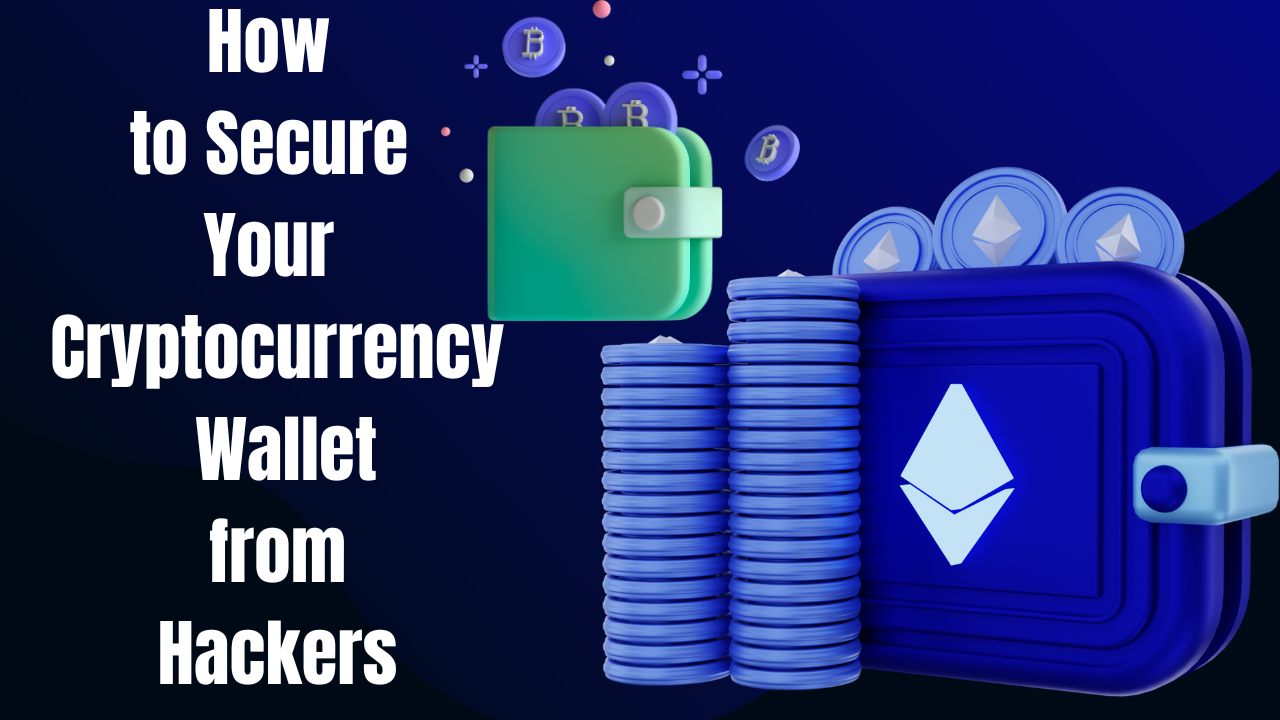In the growing digital age, cryptocurrency has become a popular form of investment and transaction. However, with this rise comes an increase in cyber threats, especially hacking incidents targeting cryptocurrency wallets. If you own digital currencies, securing your cryptocurrency wallet should be a top priority. Let’s dive into practical steps and best practices that will help you safeguard your crypto assets from hackers.
Understanding Cryptocurrency Wallets
Before getting into security, it’s essential to understand what a cryptocurrency wallet is. A crypto wallet stores your private and public keys, allowing you to send, receive, and store digital assets like Bitcoin, Ethereum, or other cryptocurrencies. There are different types of wallets:
- Hot Wallets: These are connected to the internet, making them more convenient but more vulnerable to hacking.
- Cold Wallets: Offline wallets that provide extra security because they aren’t exposed to online threats.
- Hardware Wallets: A physical device that securely stores your private keys, offering top-notch security.
- Paper Wallets: A physical piece of paper with your keys printed on it, which is also stored offline.
With this basic understanding, let’s explore the essential steps you need to follow to ensure your cryptocurrency wallet is secure.
Use a Hardware Wallet for Maximum Security
A hardware wallet is one of the safest options available. These are physical devices, similar to USB drives, that store your private keys offline. Since they aren’t connected to the internet, hackers can’t access them remotely. Brands like Ledger and Trezor offer reliable hardware wallets that support various cryptocurrencies. This extra layer of protection makes it much harder for attackers to steal your funds.
Enable Two-Factor Authentication (2FA)
Two-factor authentication (2FA) adds another layer of security to your crypto wallet. When logging into your wallet, in addition to your password, you’ll be required to provide a second form of identification, like a code sent to your phone or generated by an authentication app like Google Authenticator. This helps ensure that even if someone steals your password, they can’t access your wallet without the second verification step.
Create Strong and Unique Passwords
One of the easiest ways to protect your cryptocurrency wallet is by using a strong, unique password. Avoid simple passwords like “123456” or “password.” Instead, use a combination of upper and lowercase letters, numbers, and special characters. Consider using a password manager to generate and store complex passwords for your wallet.
Avoid Storing Private Keys Online
Your private key is your gateway to your cryptocurrency. If hackers gain access to your private key, they can take complete control of your funds. Therefore, never store your private key on a device connected to the internet or in cloud storage. If you must store it digitally, consider using encrypted storage solutions, but offline storage methods like paper wallets or hardware wallets are the safest.
Regularly Update Your Wallet Software
Many cryptocurrency wallet providers frequently release updates to patch security vulnerabilities. Hackers often exploit outdated software, so regularly updating your wallet software is crucial. Ensure that you download these updates only from official and verified sources to avoid falling victim to phishing attacks.
Beware of Phishing Scams
Phishing scams are one of the most common methods hackers use to steal cryptocurrency. In a phishing attack, scammers try to trick you into giving them your wallet credentials by pretending to be a legitimate service. They might send you fake emails, messages, or website links that look official but are trapped. Always double-check website URLs and email sources before entering any sensitive information. Additionally, avoid clicking on unknown links or downloading attachments from suspicious emails.
Keep Your Devices Secure
Your cryptocurrency wallet is only as secure as the device on which it’s stored. If your device is compromised by malware or viruses, your wallet could be at risk. Here’s how to secure your devices:
- Install antivirus software: Make sure your computer or mobile device has up-to-date antivirus software.
- Use a firewall: A firewall can help prevent unauthorized access to your network.
- Avoid public Wi-Fi: Public Wi-Fi networks are often unencrypted, making it easier for hackers to intercept data.
- Keep operating systems updated: Ensure that your computer or mobile device is running the latest security updates.
Diversify Your Crypto Storage
To reduce the risk of losing all your assets in the event of a hack, diversify how you store your cryptocurrency. Consider splitting your funds between different wallets—hot wallets for smaller, everyday transactions and cold or hardware wallets for long-term holdings. This strategy minimizes your risk exposure in case one wallet is compromised.
Backup Your Wallet
Ensure that you have backups of your wallet, particularly if you’re using a hardware or software wallet. A backup will allow you to recover your wallet if your device is lost, stolen, or damaged. Many wallets use a recovery phrase or seed phrase for backups, which should be stored securely and never shared with anyone.
Use Multi-Signature Wallets
Multi-signature wallets (or “multisig”) require multiple approvals (signatures) before a transaction can be completed. This adds another layer of protection, as a hacker would need access to several keys rather than just one to authorize a transaction. This feature is particularly useful for businesses or individuals with large cryptocurrency holdings.
Don’t Share Your Private Information
It may seem obvious, but you should never share your private key, recovery phrases, or passwords with anyone. Many scammers and hackers will try to deceive you into giving them this sensitive information under the guise of customer support or other excuses. Legitimate services will never ask for your private keys or recovery phrases.
Use Reputable Wallet Providers
When choosing a cryptocurrency wallet, opt for well-known and reputable providers with a history of security. Research customer reviews and check if the provider has experienced past security breaches. Wallets with a proven track record are less likely to be targeted by hackers.
Secure Your Recovery Phrases
Recovery phrases (or seed phrases) are crucial for accessing your wallet if you lose your device or need to recover your funds. However, if someone else gains access to your recovery phrase, they can control your cryptocurrency. To protect your recovery phrase:
- Write it down physically and store it in a secure location such as a safe.
- Avoid digital storage, such as saving the phrase on cloud services, as this makes it vulnerable to hacking.
- Consider using multiple backups in different secure locations to prevent accidental loss.
By safeguarding your recovery phase, you can ensure that your assets remain safe even in unexpected circumstances.
Monitor Transactions Regularly
Staying vigilant about the activity on your cryptocurrency wallet is a proactive step in preventing unauthorized transactions. By regularly monitoring your wallet, you can quickly identify any suspicious or unauthorized activity. Set up real-time alerts for your wallet, allowing you to be notified immediately of any movement of funds. If you notice anything unusual, you can act swiftly to freeze transactions, contact support, or move your assets to another secure wallet.
Consider Using Decentralized Wallets
Decentralized wallets provide enhanced security by giving you full control over your private keys. Unlike centralized wallets, which store private keys on a third-party server, decentralized wallets allow you to be the sole custodian of your keys, reducing the chances of being hacked through a service provider breach. Popular decentralized wallets include MetaMask and Trust Wallet. However, using a decentralized wallet requires careful management, as there is no central authority to assist with recovery if you lose your keys.
Staying Ahead of Cyber Threats
As the popularity of cryptocurrency grows, so do the methods that hackers use to exploit vulnerabilities. Securing your cryptocurrency wallet is an ongoing process that requires awareness of current threats and the adoption of best practices. From using hardware wallets and two-factor authentication to monitoring transactions and safeguarding recovery phrases, these measures ensure that you remain in control of your digital assets. While the risks are real, taking the necessary precautions can give you peace of mind and allow you to participate confidently in the cryptocurrency space.
Conclusion
Securing your cryptocurrency wallet from hackers requires a combination of diligence, smart technology choices, and good security practices. By using a hardware wallet, enabling two-factor authentication, creating strong passwords, and being cautious of phishing scams, you can significantly reduce your risk of falling victim to cyber-attacks. As the world of cryptocurrency continues to grow, staying vigilant and adopting these best practices will keep your digital assets safe.
FAQs
What’s the safest type of cryptocurrency wallet?
A hardware wallet is considered the safest option because it stores your private keys offline, minimizing exposure to hacking risks.
How does two-factor authentication protect my cryptocurrency wallet?
Two-factor authentication adds a second layer of verification (beyond just a password), making it harder for hackers to access your wallet without both factors.
Is it safe to store private keys in the cloud?
No, storing private keys in the cloud exposes them to online hacking attempts. Offline storage solutions like hardware wallets or paper wallets are much safer.
How do I avoid cryptocurrency phishing scams?
Be cautious of emails or messages asking for your wallet credentials, verify sources before clicking on links, and always double-check URLs to avoid phishing traps.
Can I recover my wallet if my device is lost or damaged?
Yes, if you’ve backed up your wallet using a recovery phrase or seed phrase, you can restore your wallet on another device.
